Costa Rica is renowned for its incredible biodiversity, making it a top destination for birdwatchers from around the world. The country’s diverse ecosystems and favorable climate have contributed to its status as a birdwatcher’s paradise.
As you can see from the gallery below, my short time there was hugely successful.
Where to go
I went to three main Birdwatching Locations in Costa Rica
- Monteverde Cloud Forest: Known for its misty, lush environment. I didn’t have much luck here with birds, but I did see plenty of monkeys and I went to the nearby Butterfly Park, which was fun and extremely informative.
- Corcovado National Park: Often cited as one of the most biodiverse places on the planet, it’s a haven for birdwatchers and mammalwatchers alike. I must have seen a couple of hundred birds here, but my guide pointed out many more.
- San Gerardo de Dota: This area is in the mountains just south of San Jose and is well known for the Resplendent Quetzal. Most of the Costa Rica Hummingbirds live in this area and my images of hummingbirds come from here as well. My Guide Carlos showed us a quetzel within 5 minutes of getting there. Pure luck or skill? you decide.
Check out my photos of Costa Rican Birds
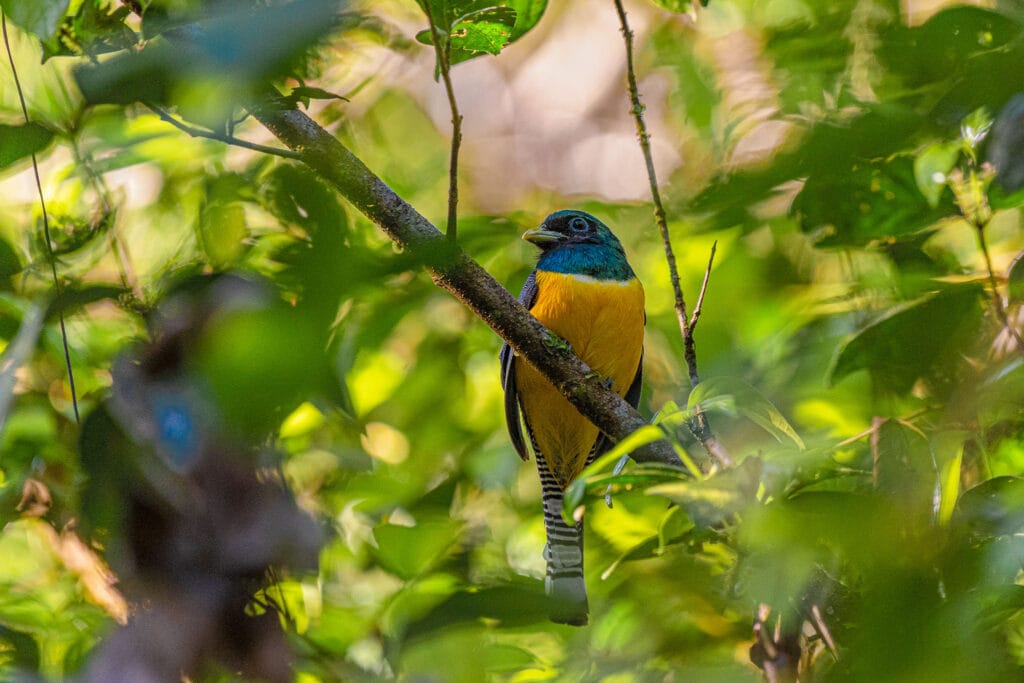
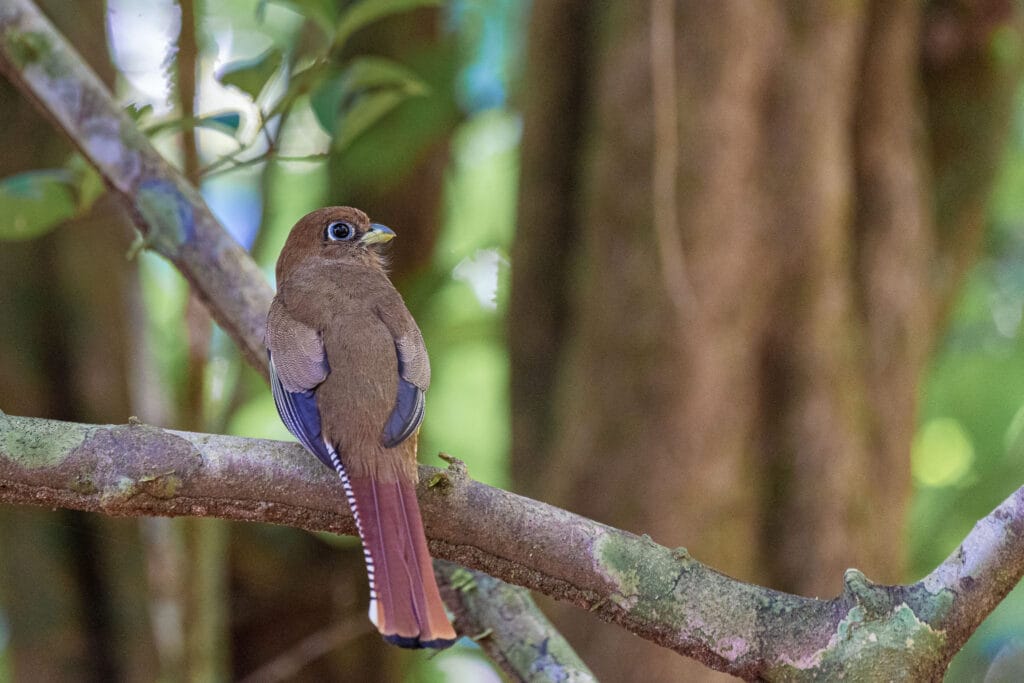

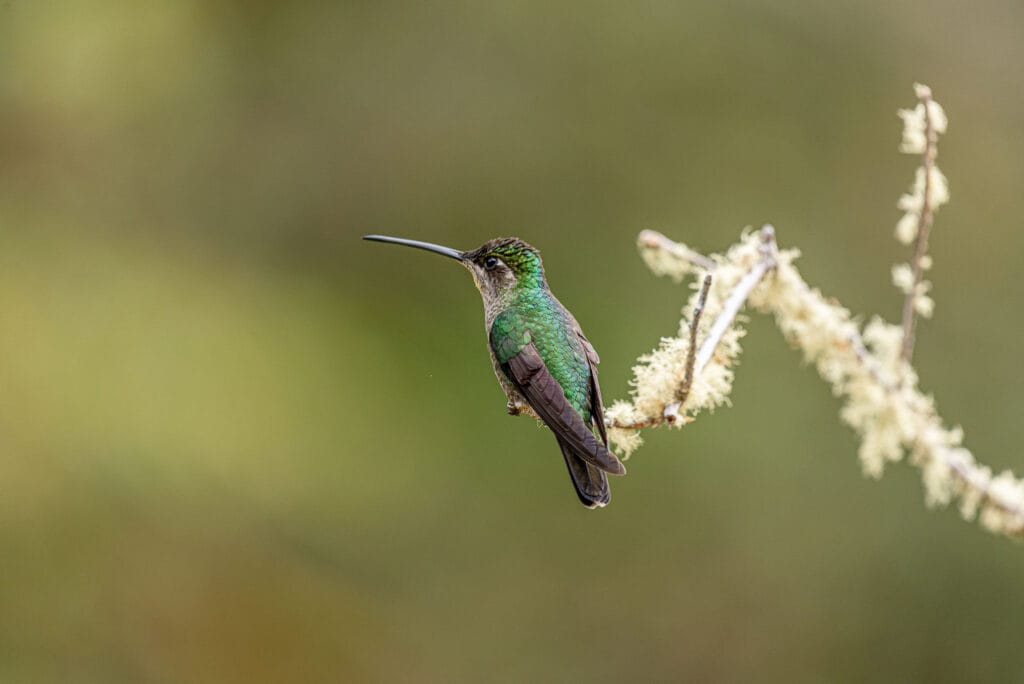
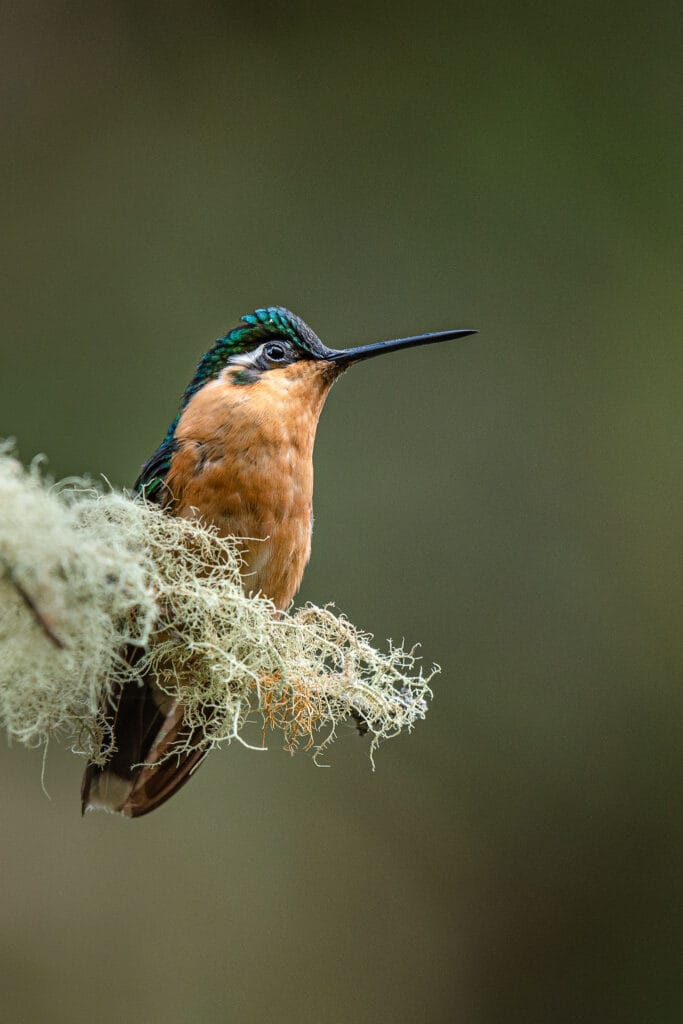

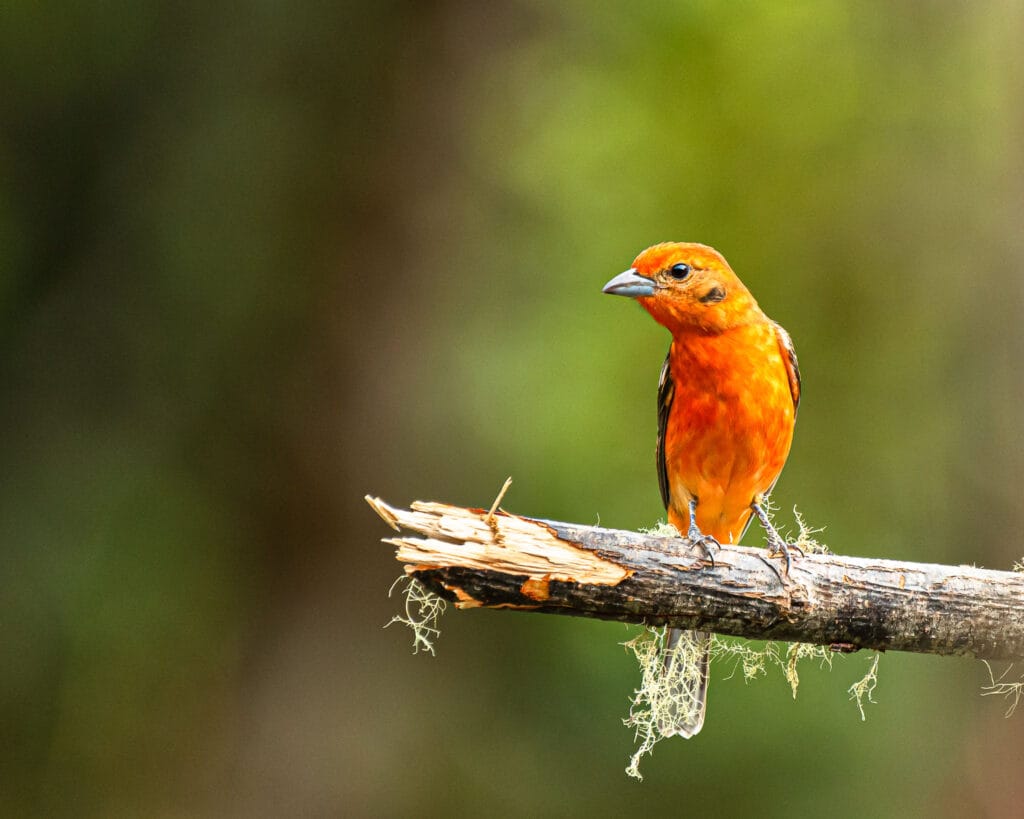
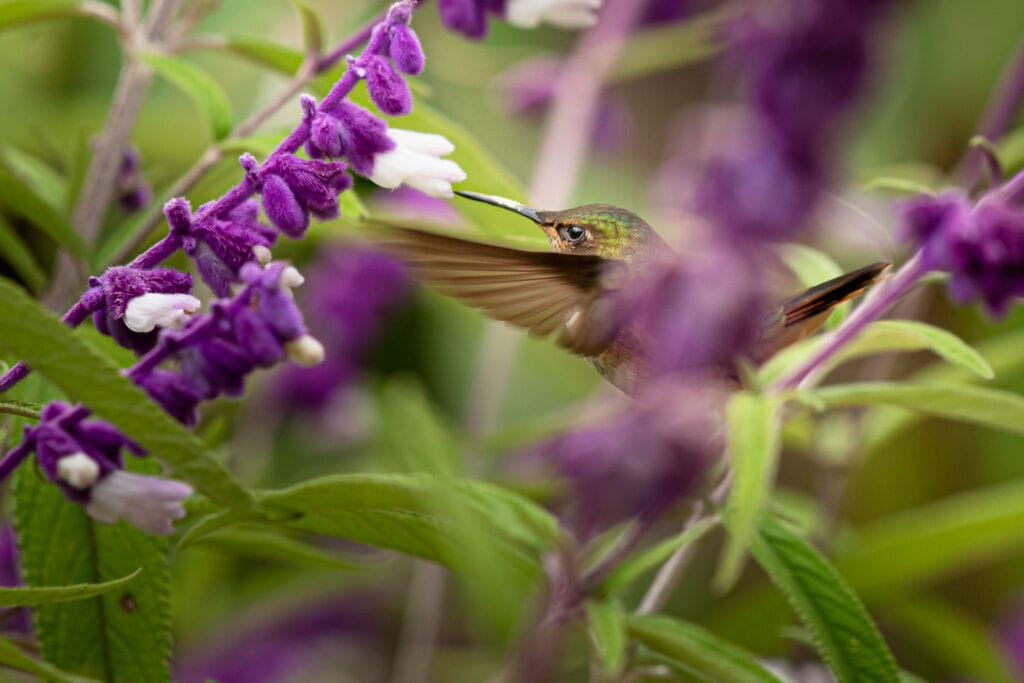

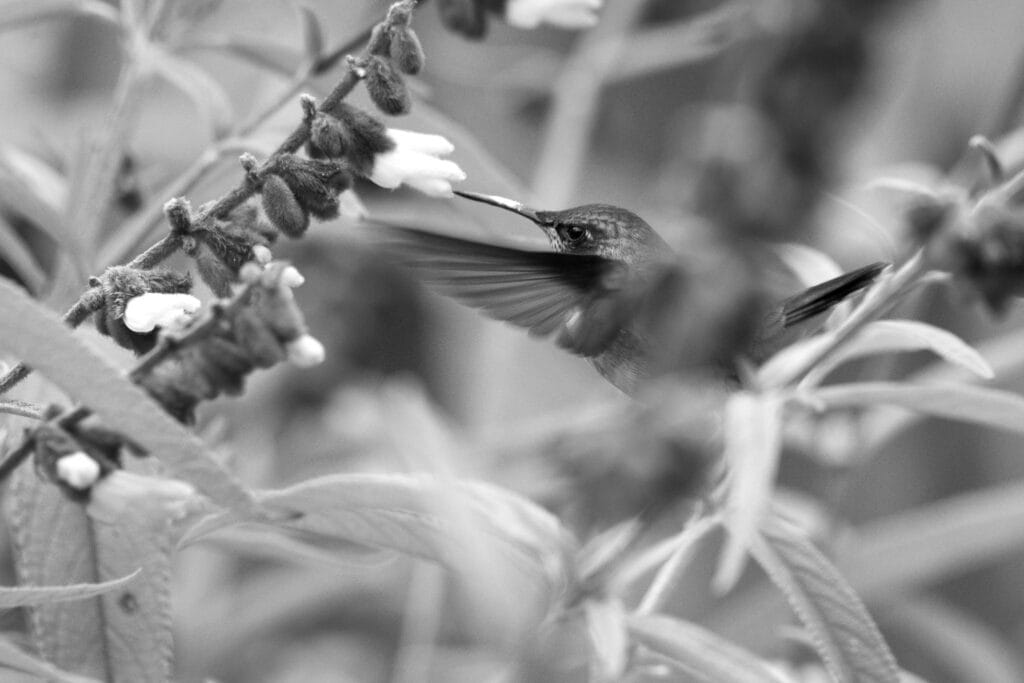
How many bird species are there in Costa Rica?
Costa Rica is home to over 900 bird species. This impressive number is due to the country’s varied habitats, ranging from lowland rainforests to highland cloud forests. Its location between North and South America also allows for a rich mix of resident and migratory species.
There are numerous hummingbirds, tanagers and of course the most famous – the resplendent quetzal, a national symbol in many central American countries.
Popular Birdwatching Locations in Costa Rica
Some of the most popular birdwatching locations in Costa Rica include:
- Monteverde Cloud Forest: Cloud forest explains everything
- Corcovado National Park: a lowland rainforest. One of the most biodiverse places on the planet, in the southwest of the country
- La Selva Biological Station: An excellent location for spotting a variety of bird species, including many rare and endemic ones, in the middle of the country. Also good for tree frogs
- Anywhere else: The country is just an excellent destination for all bird lovers.
Best Time for Birdwatching
The best time to go birdwatching in Costa Rica is during the dry season, from December to April. During this period, birds are more active and visible. However, birdwatching can be enjoyed year-round due to the country’s consistent climate.
Endemic Bird Species to Costa Rica
Costa Rica boasts several endemic bird species, meaning they are found nowhere else in the world. Notable examples include:
- Coppery-headed Emerald: A small, vibrant hummingbird.
- Mangrove Hummingbird: Found in mangrove forests along the Pacific coast.
- Black-cheeked Ant-Tanager: Typically seen in the lowland forests of the Osa Peninsula.
Unfortunately I never got to see any of these, but that means there is an excuse to go back.
Birdwatching Tours
Numerous birdwatching tours are available in Costa Rica, catering to all levels of birding enthusiasts. These tours range from single-day trips to extensive multi-day excursions, all led by experienced guides who are adept at spotting and identifying local bird species.
One disadvantage is that the national parks. which all offer guides only open their gates at 08:30!!! This is great for the average tourist who wants to see what all the fuss is about but obviously for dedicated birders it is suboptimal to say the least.
There are exceptions and be sure to check if you can get a guide earlier specifically for birding.
Equipement for Birdwatching
For any successful birdwatching experience in Costa Rica, don’t forget to bring:
- Binoculars: it goes without saying.
- Field Guide: Indispensable but often if you hire a local expert they will have their own and it will be more efficient as they know what pages to turn to instantly
- Camera with Zoom Lens: To capture high-quality photos of the birds.
- Appropriate Clothing: Lightweight, breathable clothing suitable for tropical weather, along with sturdy footwear. Raingear and warm clothing in the mountains, especially in the morning
- A GUIDE: Get a local guide. No matter how good you are at birding at home, local information helps you find birds and get the correct ID.
